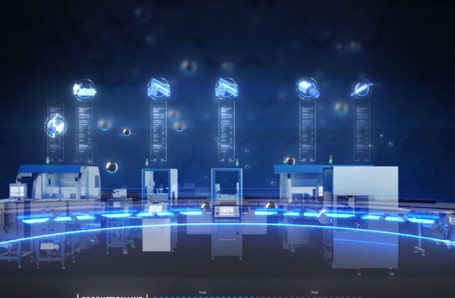Four of the medical device industry’s most pressing challenges and how to solve them
From geopolitical upheaval to the climate crisis, companies in all industries are facing unprecedented challenges. Pharmaceutical and medical device manufacturers are seeking to bring new products to market in a disrupted and ever-changing environment.
Companies must have strategies in place to keep their assembly systems running as well as optimize new product development. Here, we examine the key hurdles affecting the industry and how one assembly line solutions provider is facing them down.
Meeting the challenges
Innovation is fundamental to meeting new challenges, and as the world changes around us, advanced technologies are unlocking new possibilities for manufacturers in all industries. Digitization, for example, is creating efficiencies for Mikron customers. An assembly system generates millions of data points per hour, and Mikron is helping manufacturers to access and analyze that data to optimize their operations.
“We want to continue our journey of investing in innovation and making sure that we are using the best available technologies in our assembly systems,” says Rihs. “This is a key part of our past and future success.”
